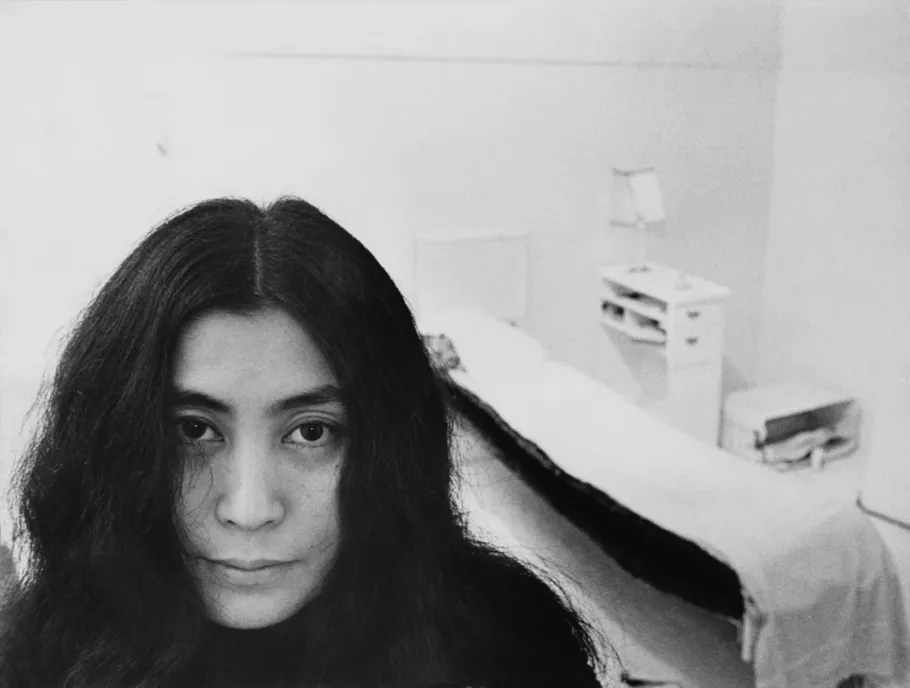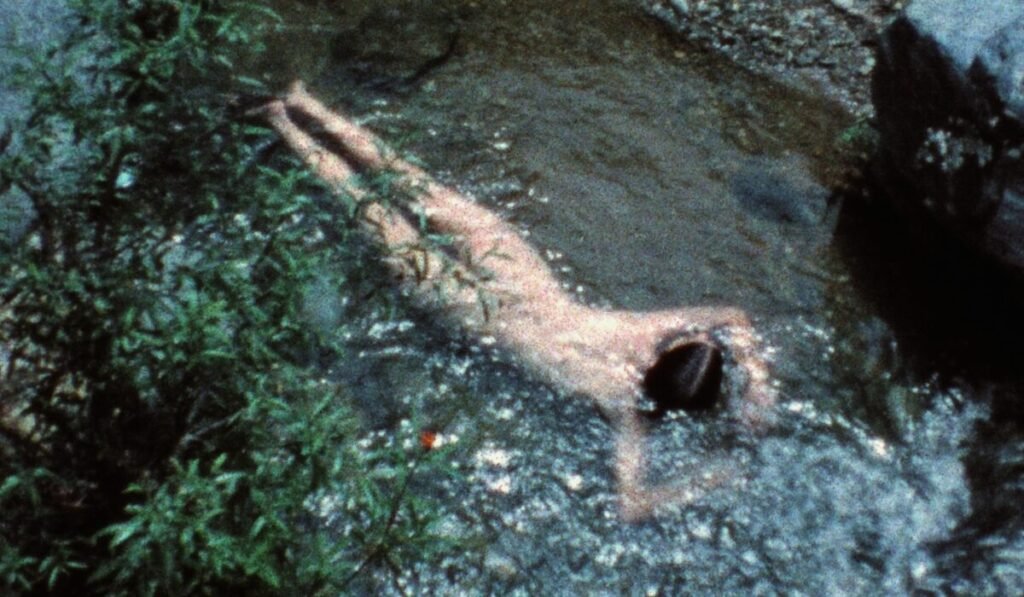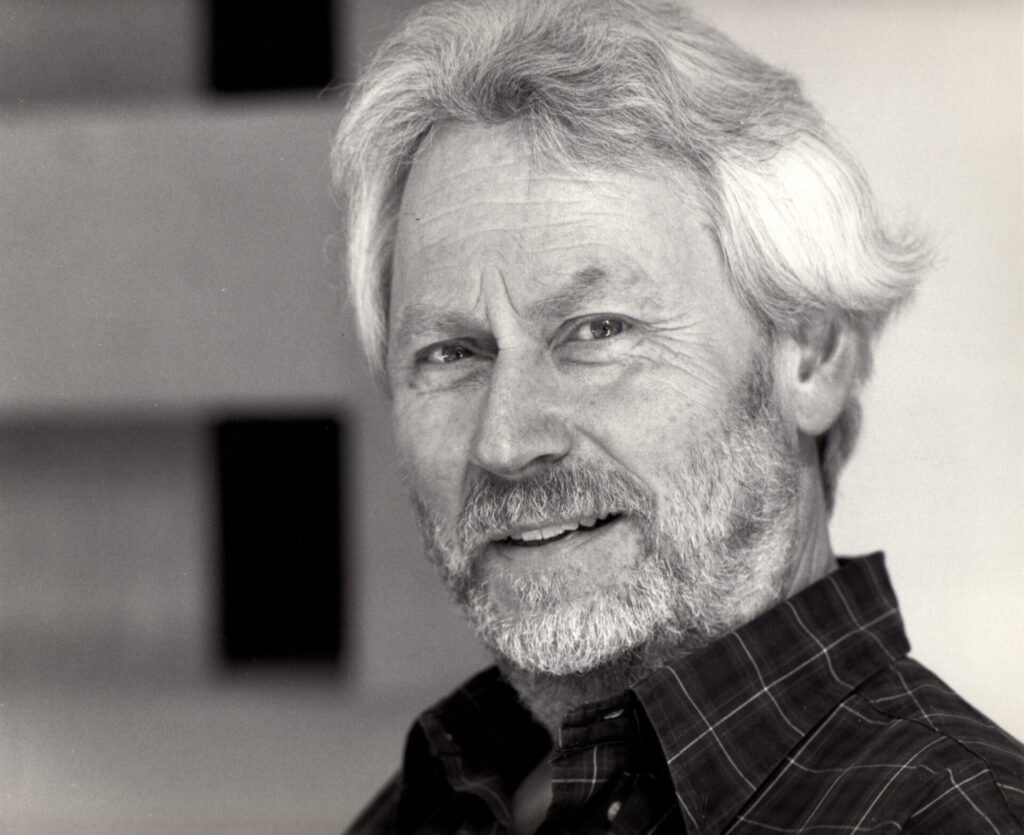Yoko Ono is often remembered for her relationship with John Lennon, a framing that, while part of her biography, overshadows an artistic trajectory that both precedes and far exceeds that association. Before becoming a public figure in the pop universe, Ono already held a unique place in contemporary art, especially in performance, conceptual art, and multimedia experimentation. Her work connects to the avant-garde thinking of the 1960s and 1970s, integrating movements like Fluxus that sought to dissolve boundaries between art and life.

Trained in philosophy and music, Yoko Ono brought to art an approach combining conceptual rigor and formal simplicity. Many of her performative actions build on minimal gestures but carry symbolic density. Cut Piece (1964), perhaps her most famous work in this field, consisted of sitting still while spectators were invited to cut parts of her clothing. The performance highlighted issues of vulnerability, gender violence, intimacy, and audience participation. Rather than narrating or illustrating these themes, Ono staged them through direct experience, transferring the responsibility to act and reflect on that action to the viewer.
Yoko Ono: Contributions and Political Engagement
Another important contribution was how Ono worked with verbal instructions and scores, as in her book Grapefruit (1964), composed of poetic “instructions” inviting the reader to imagine or perform small, often impossible or absurd actions. This practice shifts art from the physical object to the realm of ideas and mental experience, aligning with conceptual trends of the time but with a unique voice marked by conciseness and subtle humor.
Political engagement also plays a fundamental role in her production. Through performances, installations, and interventions, Ono addressed themes such as war, peace, women’s rights, and the environment. Projects like Wish Tree and Imagine Peace Tower exemplify participatory and collective works that go beyond traditional exhibition spaces, extending into public life and creating rituals of hope and reflection that continuously renew themselves.
Ono’s originality lies in transforming concepts into shared experiences, often ephemeral but lasting in memory as significant acts. She crafts a poetics that does not rely on monumentality but on the intensity of the lived moment and the awareness that the act awakens. By doing so, she expanded the field of performative art, showing that a work can exist in encounter, instruction, and the small, precise gesture.
So, the frequent overshadowing of her production by media narratives about her personal life reveals a recurring issue in art history: the difficulty in fully recognizing women artists in their complexity.
FurthermoreRevisiting and understanding Yoko Ono’s work means acknowledging that, far beyond being a pop icon, she remains one of the most inventive and influential figures in constructing contemporary performative language, opening paths for art to dialogue with the world as a living and transformative experience.



